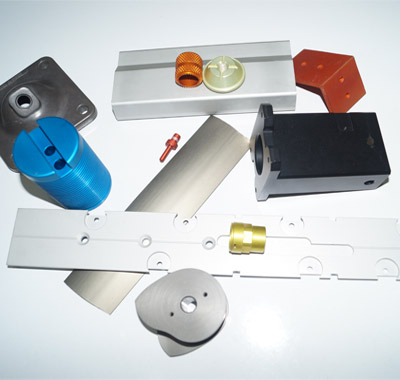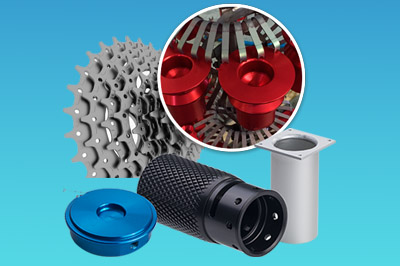Type I -Chromic acfd anodlzlng,
Type IB –Chromic acid anodlzlng, Iow voltage process
Type IC -Hon-chromic acid anodtzlng, for use as a non-chromate alternative for Type I and IB coatings
Type–II -Sulfurlc acfd anodlztng, conventional coatings produced from sulfurfc acid bath
Type-IIB -Thin sulfurlc acid anodlzlng, for use as a non-chromate alternative for Type I and IB coatings
Type III -Hard Anodlc Coatings
Class I -Non-dyed
Class II –Dyed

The MIL-DTL-5541 specification covers chemical conversion coatings that form protective coatings by chemical reaction with aluminum and aluminum alloy; these coatings are categorized by the following types and classes.
Type I: Addresses compositions containing hexavalent chromium. This film typically appears to be gold or brown in color, but in some cases may be optionally specified as having no color (Having no color is described as "clear").
Type II: Addresses compositions containing no hexavalent chromium. This film typically appears to have no color (Having no color is described as "clear").
AND
Class 1A: Provides maximum protection against corrosion, whether painted or unpainted. This is a relatively thick coating used as a final finish or pre-treatment to paint or powder coating.
Class 3: Provides protection against corrosion where low electrical resistance is required. This is a thin coating providing low contact resistance, and the coating weight is lower as is the corrosion resistance. There may be some advantages using this thinner film in bonding applications.
